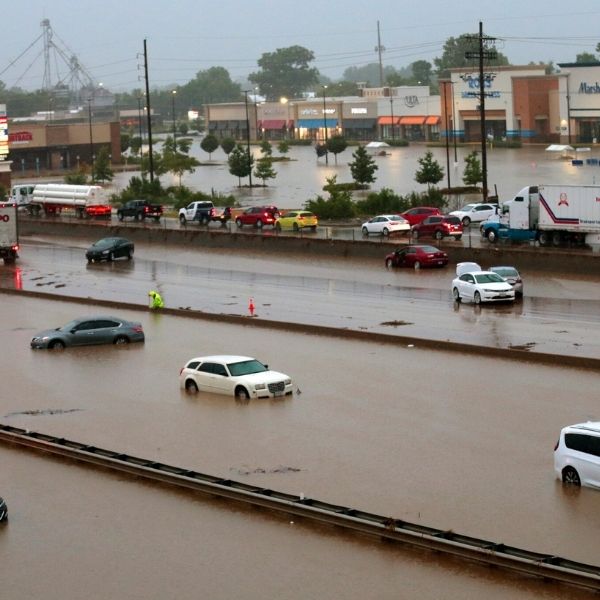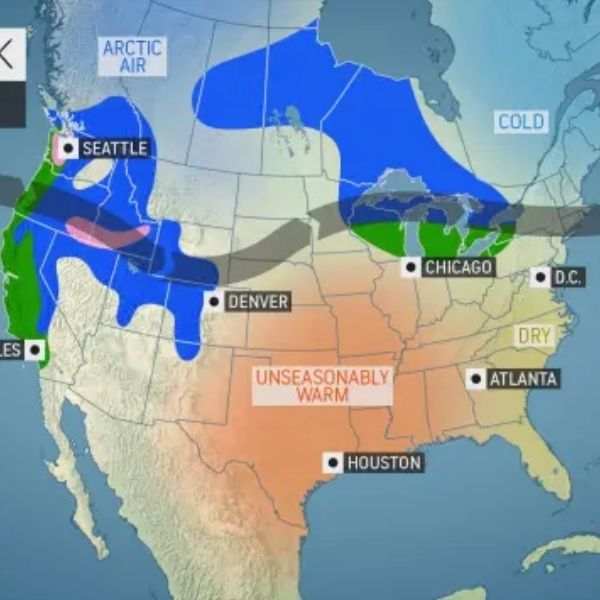A government sensor on the island of Virginia Key recorded a new sea-level high in Florida this October, the Key Biscayne Independent reported.
What’s happening?
King Tides — the highest natural tides each year — are predictable and usually hit in October, when the moon is closest to Earth. They often cause routine street flooding along Miami’s coastline, giving residents and businesses time to prepare.
But this October, a sensor tracking sea levels in Bear Cut, a narrow channel between Key Biscayne and Virginia Key that links Biscayne Bay to the Atlantic Ocean, measured water levels 1.9 inches higher than the record set in 2023.
The monthly record reflects a slow, steady rise over the last 30 years, and the latest jump is raising alarms.
“The new record jumped out at me,” said Brian McNoldy, a meteorologist at the University of Miami’s Rosenstiel School. “It’s the highest average in the 31-year history of the sensor.”
Other gauges in the region recorded similar trends.
Why are rising sea levels concerning?
Environmental scientists agree that melting glaciers, shrinking polar ice sheets, and the thermal expansion of warming ocean water are pushing global sea levels higher. These shifts stem from human activity, especially the heavy release of planet-warming gases.
As the oceans rise, coastal areas face more frequent and severe flooding that can damage homes, businesses, roads, and put lives at risk.
In Miami and other coastal cities, increased flooding is particularly troubling, even without storm conditions. Higher sea levels also erode beaches and wetlands, destroying shoreline habitats that support fish, birds, and coastal biodiversity. This loss can also hurt tourism.
Saltwater intrusion can also contaminate groundwater and soil, threatening farmers and food production.
What’s being done about it?
Virginia Key is weighing a major and costly proposal known as the “Big Dig,” which would pump water into Biscayne Bay.
Long-term solutions require cutting planet-warming pollution and replacing dirty energy sources with clean alternatives to slow sea-level rise.
Without action, risks for coastal communities around the world will continue to increase.
“This problem is not going to go away,” McNoldy warned. “It will get worse.”
This article has been carefully fact-checked by our editorial team to ensure accuracy and eliminate any misleading information. We are committed to maintaining the highest standards of integrity in our content.














Leave a Reply